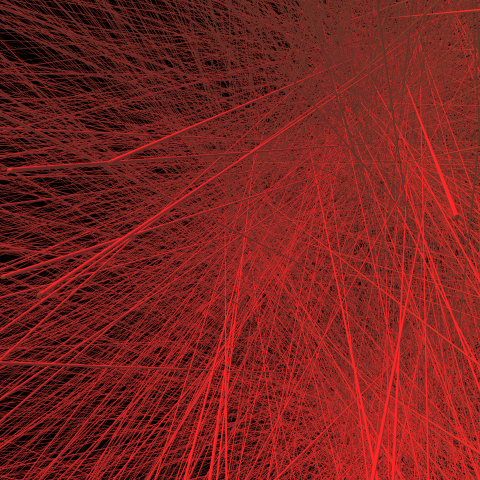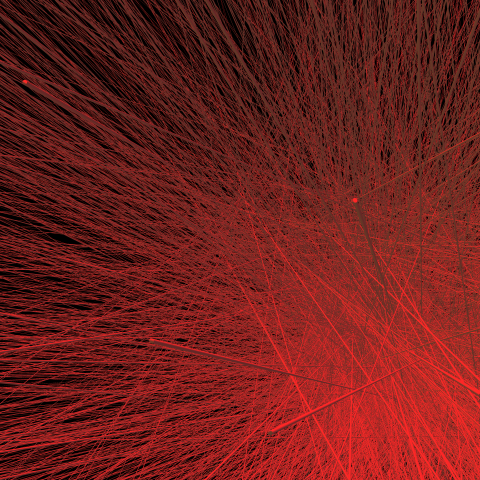It's gratifying to see that a official time-honored document exists for engineers from all walks of life as there does for medical practitioners in the form of the Hippocratic Oath. The tenet that personally rung a chord with me is (1)
The Critical Engineer considers any technology depended upon to be both a challenge and a threat. The greater the dependence on a technology the greater the need to study and expose its inner workings, regardless of ownership or legal provision.
Up until this point in my creative and technical career I have been guilty of relying on a handful of tools well within my comfort zone to reify my creative vision, but it is becoming increasingly evident to me that this reliance on my staple technologies (Unity and Blender to name a few) is becoming a crutch to the point where I frame all my projects in terms of what these tools will allow me to accomplish, and thereby fail to do justice to my creative intent. (Incidentally when I introduced myself to the class, this is the core of what I was trying to express).
The engineers I respect the most, both in pop culture as well as real life, are the ones that can make the best of any situation. The engineers that raise no qualms about not knowing a certain language, pipeline or tool and invest themselves in learning said skills seem to be boundless in their creative capabilities.
This semester I am going to focus on what I see as being "language agnostic", I will boil down the core components of what I am learning so that I may adapt to any method of producing creative content. I noted some degree of parallel between (1) and (5), because ultimately all engineers are also users, and thus engineered by the products we use. I am going to strive to be a creative professional rather than a "Unity expert" or a "Java guru" (although the latter 2 labels would also be formidable to say the least).



